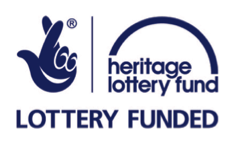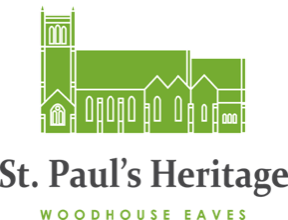
The Heygate Family
by Keith Randon

On Monday 30th October 1815, James Heygate purchased the Roecliff Estate in Woodhouse Eaves at an auction of the estates of the 4th Earl of Lanesborough, who had run up large debts. This was to become the Leicestershire seat for the Heygate family and James began the building of the Roecliffe Hall as we know it today.

A plan of Roecliffe Manor estate

Southend locomotive
James had made a fortune in the Leicester hosiery business in the late eighteenth century and also co-established the Pares, Heygate & Co bank with local businessmen Thomas Pares, Thomas Paget and John Pares in 1800. James’ son William also took a role in the bank and developed land the family owned in Southend. He built a mile-long pier there which had its own railway and even now, one of the locomotives is named after him!

Claud Raymond Heygate, grandson of William, was killed in action during the First World War
A baronetcy was conferred on William in 1831 and subsequent generations of the Heygate family lived at Roecliffe until it was sold by Gerald Heygate in 1928, to Sir Arthur Wheeler of Woodhouse Eaves. Shortly before the sale, the Heygates had purchased Long Close, where they remained until 1939.

Long Close with Mr George Johnson, a subsequent owner
When the Heygates first moved to the area, they chose St Leonard’s, Swithland as their place of worship. However, in 1897 Lieutenant Harry Beaumont Heygate died of a gunshot wound whilst aboard the HMS Algerine. A commemorative plaque to Harry was placed in St Paul’s rather than St Leonard’s, suggesting that the circumstances of his death may have led to St Leonard’s refusing to commemorate his life, sparking the family’s move to St Paul’s.

Commemorative plaque to Harry Beaumont Heygate at St Paul's